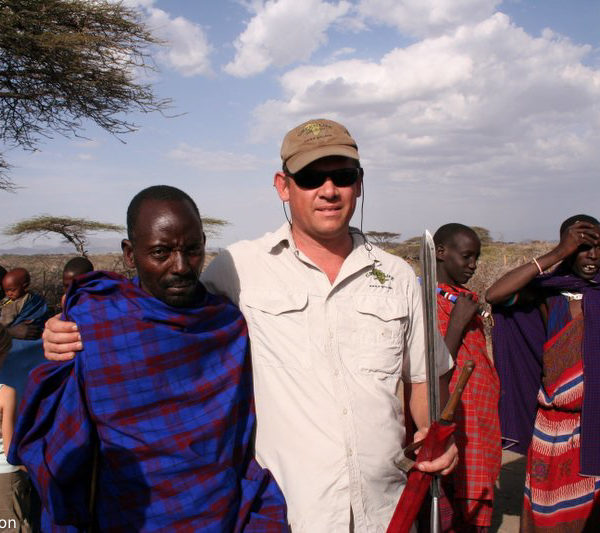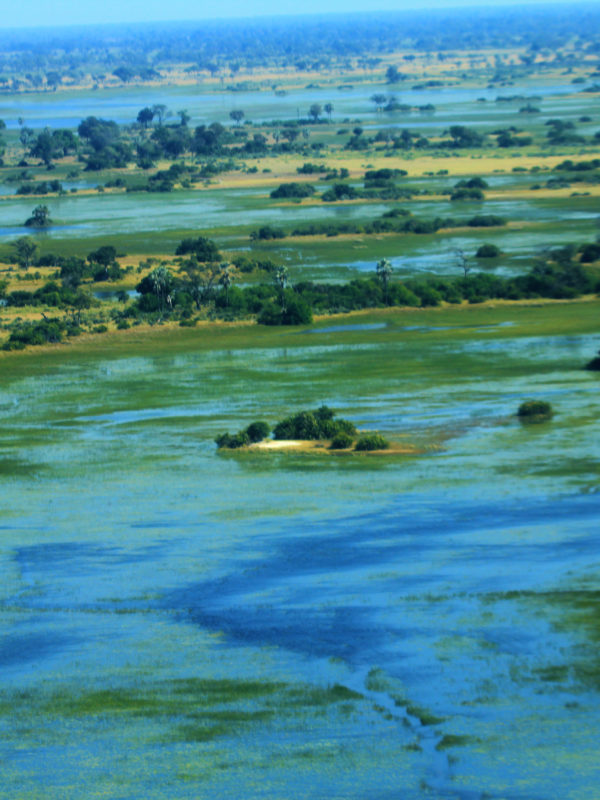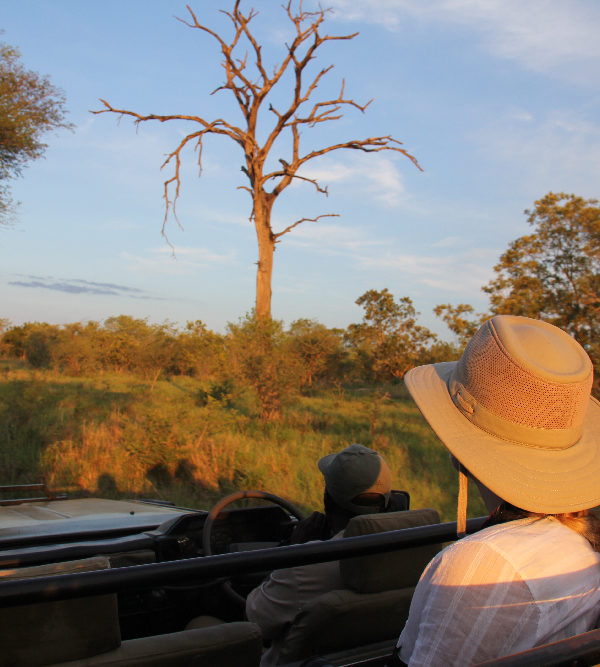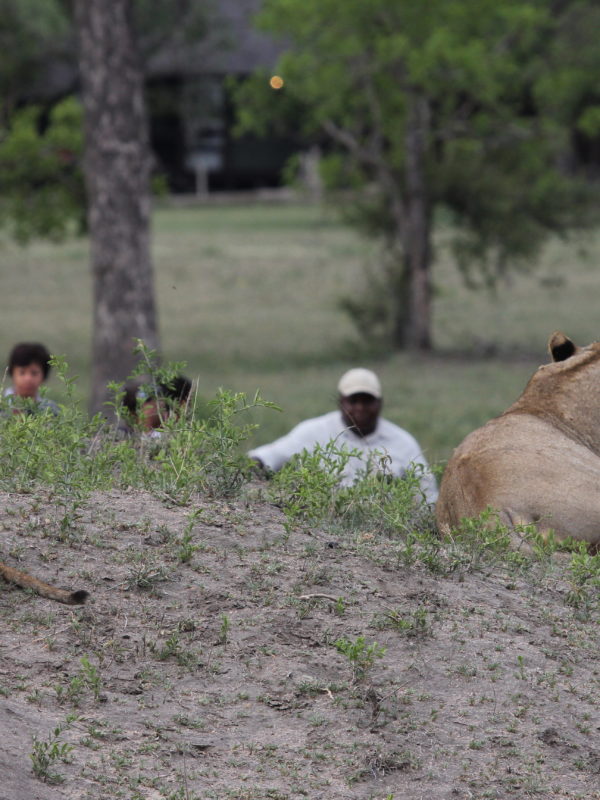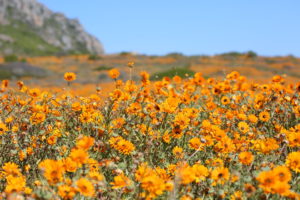People come from all over the world to witness this spectacle, which usually peaks anytime from mid- August to mid-September. If you are driving towards the sun you may not see what the fuss is all about, but as soon as you turn your back to the sun, the full impact of thousands of yellow, white, orange or purple flowers, will astound you.
The flora is characterised by a phenomenal variety of daisies, but there are also violets, pelargoniums, mesembryanthemums, gladioli and numerous other species
Aloes also puncture this landscape of the Northern Cape and you know you are in an area of very low rainfall when you start seeing ‘Quiver Trees’ (Kokerboom – aloe dicotema), so named because the bushmen used the fibrous branches as a quiver for their arrows.
Namaqualand is home to the Nama people, who are direct descendants of the Khoikhoi bushmen, as can be seen in their pale skin and fine features. Their culture suffered when the apartheid regime prohibited their strange multi-click language from being taught in schools and forced them to re-locate to other areas. However, their cultural heritage and customs are slowly returning and their language – which is classified by UNESCO as Endangered – is being taught again and they hope to add it to the school curriculum in the area.
Spring flowers carpet the route all the way down the west coast of South Africa almost to Cape Town, so even if you don’t make it up to Namaqualand, whose capital is the isolated town of Springbok, there other opportunities to see the flowers.
NATURAL HISTORY
Most of the plants of Namaqualand are indigenous and some succulents are so rare they are found nowhere else in the world. Antelopes such as springbok and bontebok are at home in these areas and can be found in some of the reserves and you may also see tortoises and chameleons – the masters of camouflage.
SEASONS
Summer: Namaqualand is hot and dry with an average of 86°F (30°C) during the mid-summer months of December to February.
Winter: in the winter the north-westerly wind brings rain which may fall between May and September but the coldest months are June, July and August where temperatures can drop below 40°F (5°C).
Days are often clear and bright but the wind can be very chilly.
Spring: the spring flowers emerge in force from July through to September but there are no guarantees as to when they will peak, although late August is a good bet.
NAMAQUALAND SPECIALITIES
· Walking through carpets of spring flowers
· Flower shows all along the West Coast
· Quiver trees
FACTS
This is not a malarial area.

